If you’re looking to create a beautiful, low-maintenance garden that thrives even in hot, dry conditions, cacti are the perfect choice. These hardy plants store water in their thick stems and come in a wide range of shapes, sizes, and colors. Beyond their resilience, many cacti also produce stunning flowers, adding unexpected bursts of color to your landscape. Whether you have a desert garden or want drought-friendly accents in mixed borders, here are 10 cactus plants ideal for a drought-tolerant landscape.
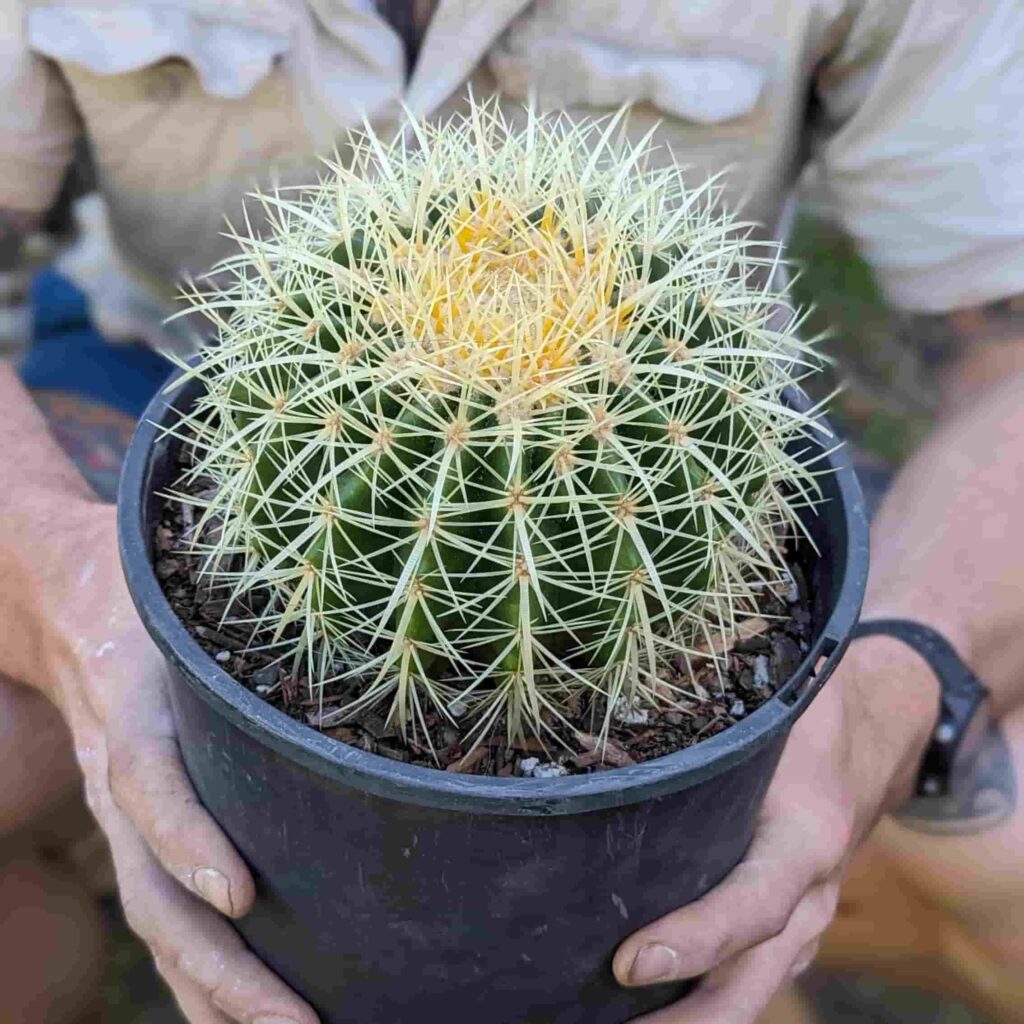
1. Golden Barrel Cactus (Echinocactus grusonii)
With its striking spherical shape and golden-yellow spines, the Golden Barrel Cactus is one of the most popular landscape cacti. It can grow up to 3 feet wide and tall over time, making it a bold focal point in any garden. This cactus thrives in full sun and sandy, well-draining soil, requiring very little water. In summer, it produces small yellow flowers at the crown. Its architectural form and low water needs make it a favorite for rock gardens and dry landscapes.
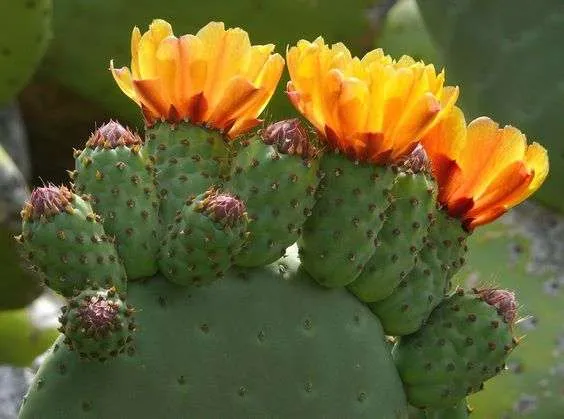
2. Prickly Pear Cactus (Opuntia spp.)
Prickly Pear Cactus is known for its distinctive flat, paddle-shaped pads and colorful blooms. Many species produce edible fruits called “tunas” and young pads used in cooking. These tough, fast-growing cacti can tolerate extreme drought, poor soil, and intense heat. They add texture and character to landscapes and are often used for natural fencing. With their vibrant yellow, red, or purple flowers in late spring and early summer, they bring lively color to desert gardens.
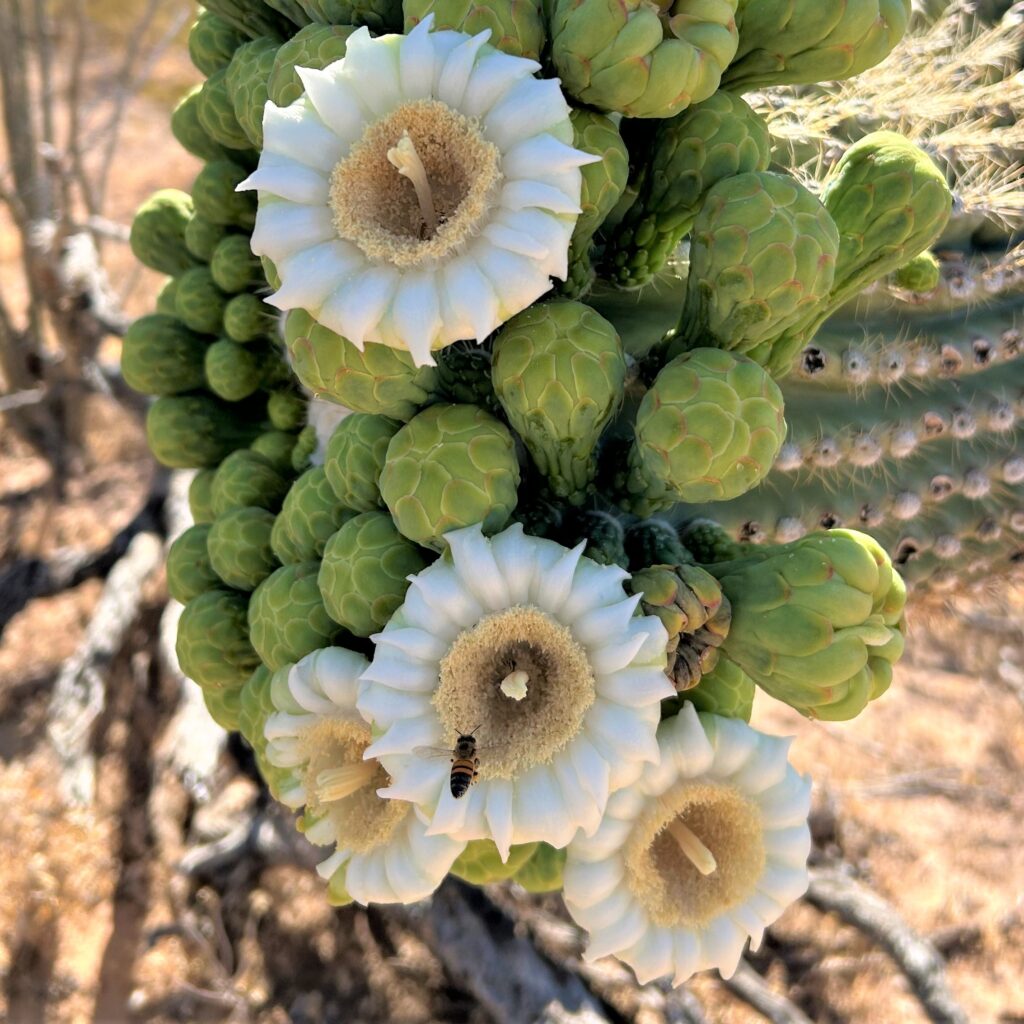
3. Saguaro Cactus (Carnegiea gigantea)
The iconic Saguaro Cactus is synonymous with the American Southwest. Towering up to 40 feet tall in its native habitat, it’s an impressive addition to large, arid gardens. It grows slowly but lives for decades, offering sculptural beauty and shelter for local wildlife. In late spring, white, waxy flowers appear atop the cactus arms, followed by edible red fruits. Saguaros require full sun, sandy soil, and very minimal water once established, making them perfect for expansive drought-tolerant landscapes.

4. Cholla Cactus (Cylindropuntia spp.)
Cholla Cacti are known for their cylindrical, jointed stems covered with spiny, sometimes barbed, needles. Despite their intimidating look, they offer delicate, colorful blooms ranging from pink and yellow to orange and red. Varieties like Jumping Cholla and Chain Fruit Cholla make eye-catching specimens in xeriscape gardens. They prefer rocky, well-draining soil and plenty of sunlight. These cacti are resilient, require very little watering, and their branching, intricate forms add striking visual interest to dry landscapes.
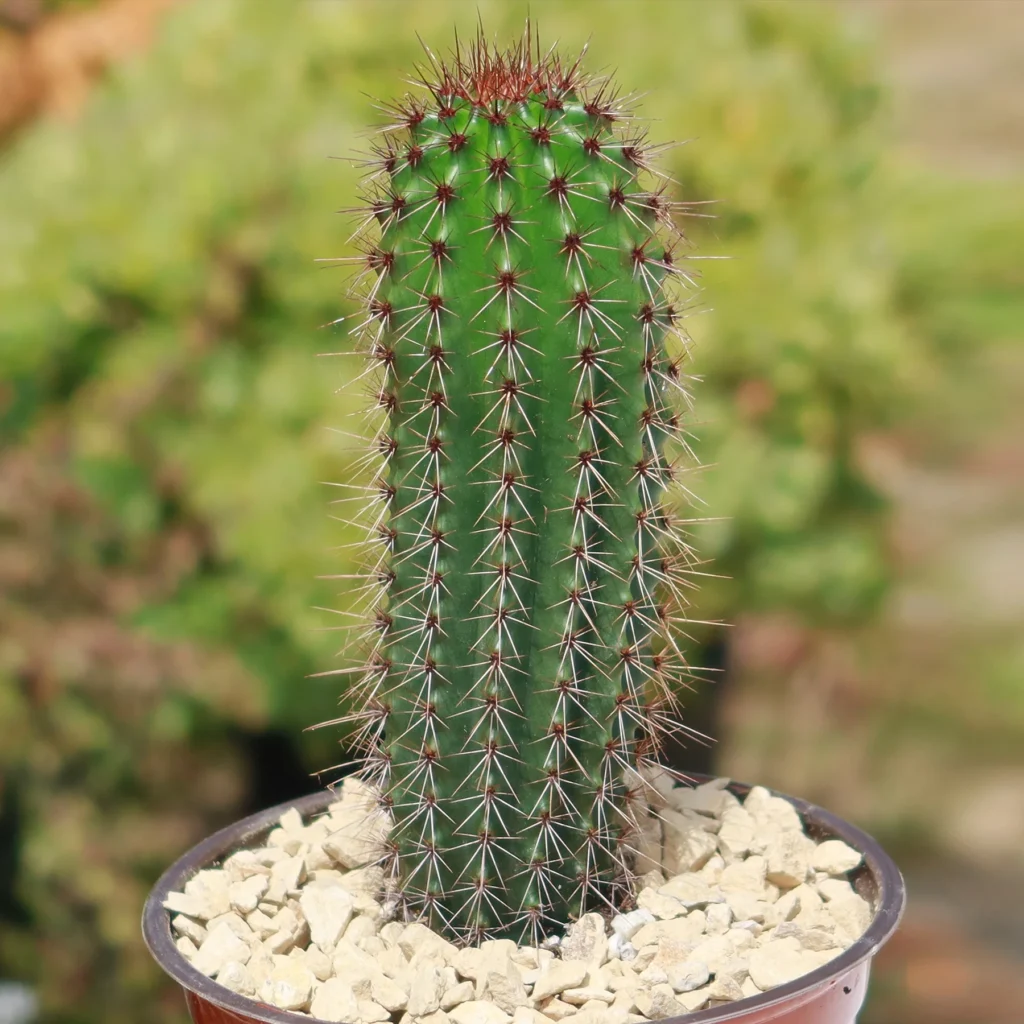
5. Organ Pipe Cactus (Stenocereus thurberi)
Named for its tall, columnar stems that resemble organ pipes, this cactus forms clusters that can grow up to 20 feet high. Native to the Sonoran Desert, the Organ Pipe Cactus loves full sun and sandy soil. It blooms in late spring, producing large, fragrant white flowers that open at night. This species is excellent for creating dramatic vertical accents in drought-tolerant gardens. It requires very little maintenance and can withstand long periods of heat and dryness.
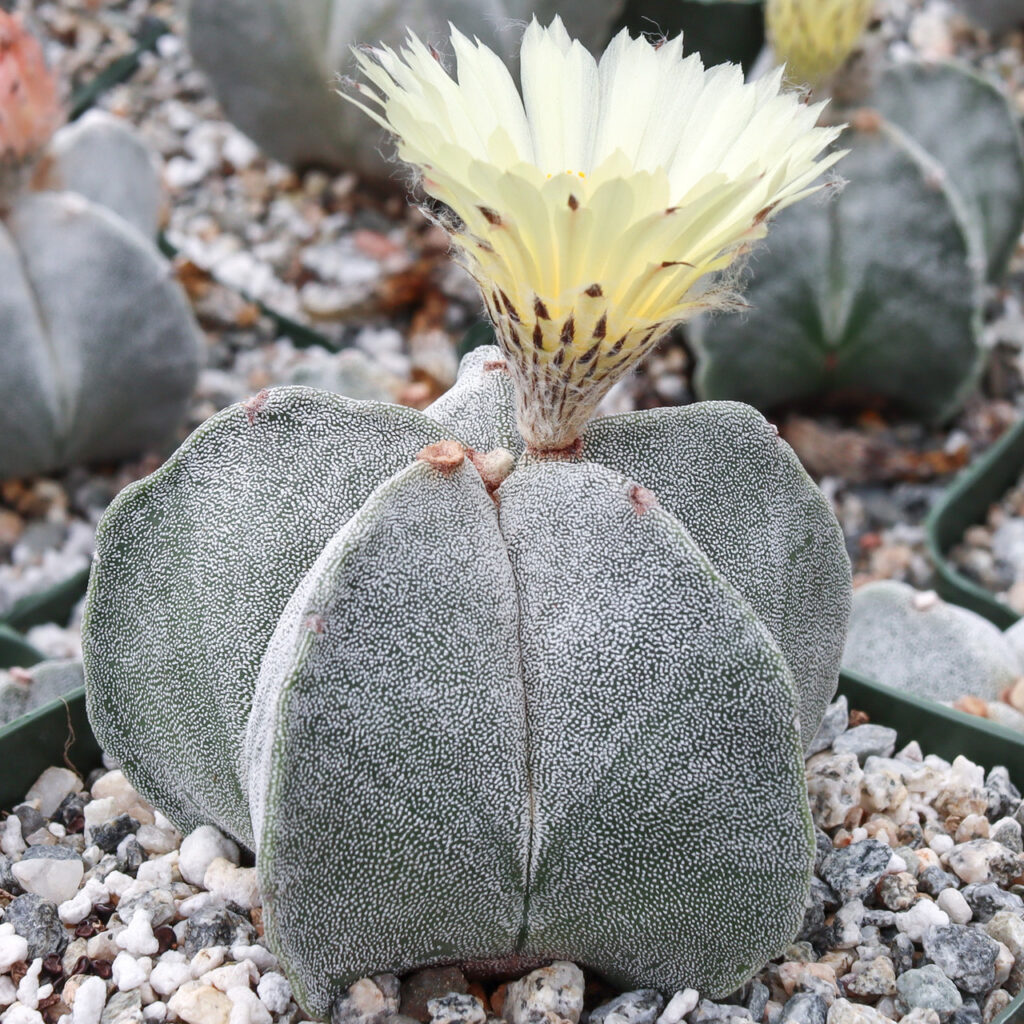
6. Bishop’s Cap Cactus (Astrophytum myriostigma)
Bishop’s Cap Cactus is a beautiful, spineless species known for its rounded, star-shaped form and silvery-white speckles. It stays relatively small, reaching about 3 to 4 feet tall over time. In spring and summer, it produces yellow, daisy-like flowers at the crown. Its unique, sculptural appearance makes it perfect for rock gardens, container displays, and minimalist desert-themed landscapes. This cactus thrives in full sun, requires well-drained soil, and is highly drought-tolerant, needing minimal watering throughout the year.
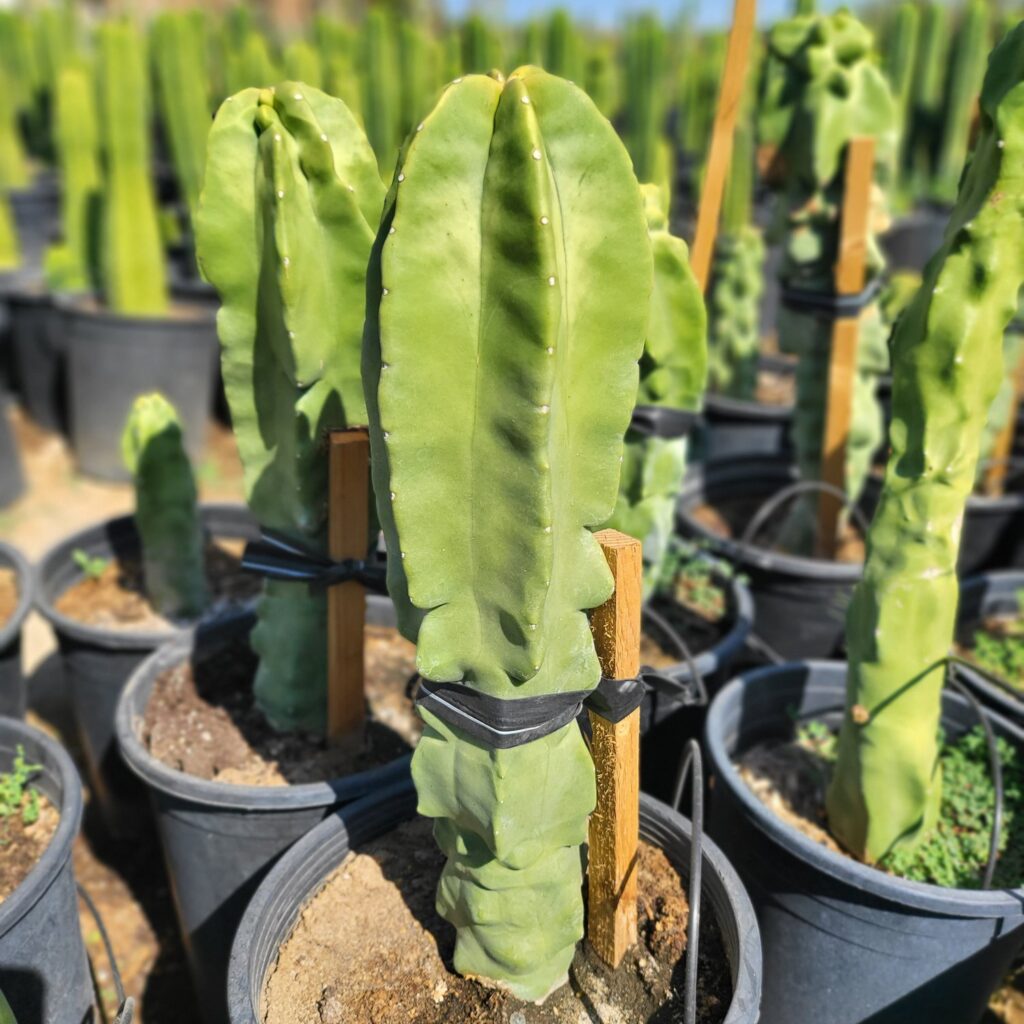
7. Totem Pole Cactus (Lophocereus schottii ‘Monstrosus’)
Known for its smooth, knobby, and spineless surface, the Totem Pole Cactus is a fascinating mutation of the Senita Cactus. It grows tall, twisted columns that can reach 12 feet in height, creating a dramatic, surreal look in dry gardens. Its deeply ribbed stems give it an otherworldly texture, and while it rarely flowers, its distinctive form makes it a conversation starter. It thrives in sandy, well-draining soil, full sun, and tolerates intense drought once established.
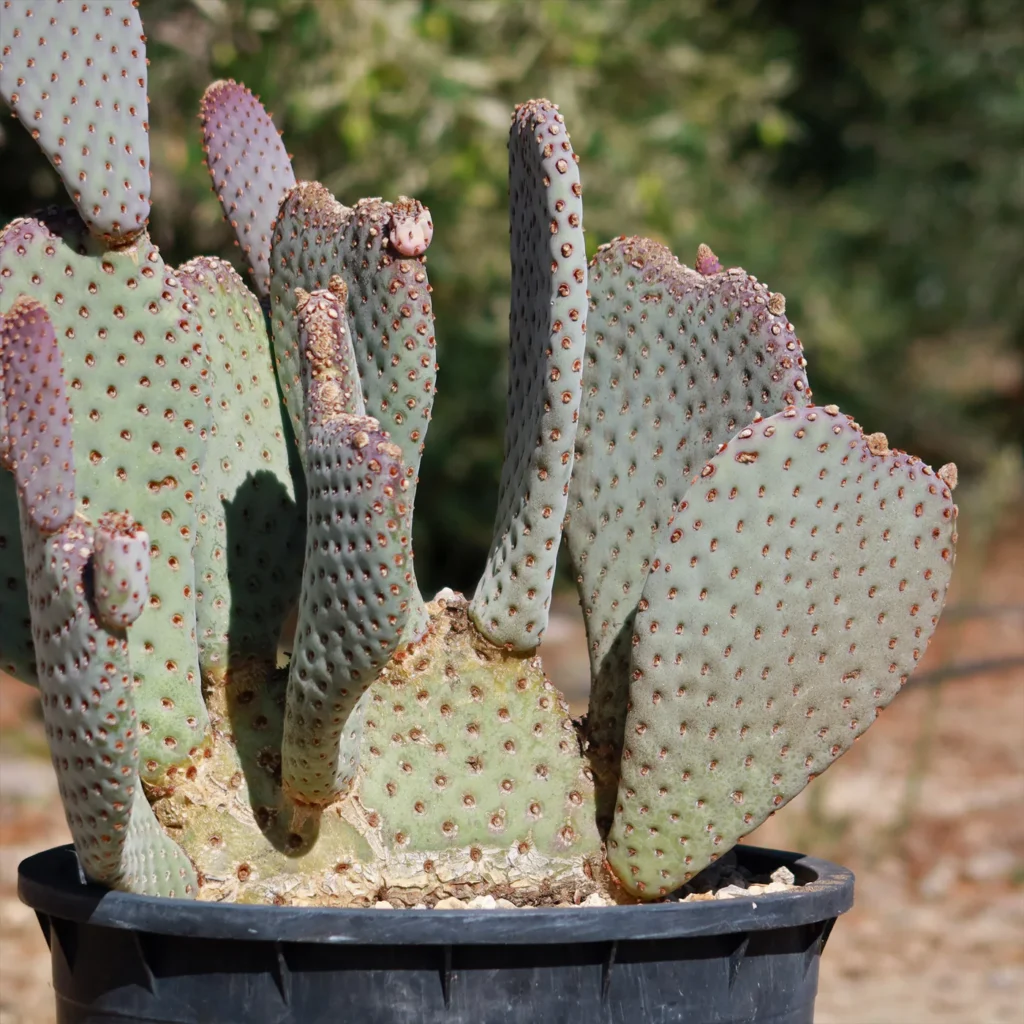
8. Beavertail Cactus (Opuntia basilaris)
A relative of the Prickly Pear, the Beavertail Cactus has flat, blue-gray pads and lacks the large spines typical of its cousins, making it safer for residential gardens. It blooms profusely in spring with brilliant magenta-pink flowers that attract pollinators. It remains relatively compact, growing up to 3 feet tall and spreading wider, making it ideal for borders or rock gardens. It prefers full sun, gravelly soil, and requires almost no supplemental water once settled.
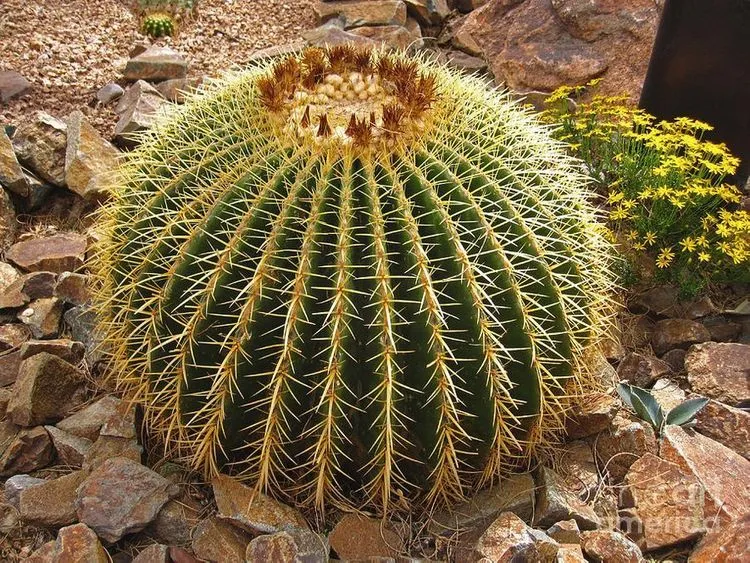
9. Barrel Cactus (Ferocactus spp.)
Barrel Cacti are thick, rounded cacti known for their ribbed bodies and prominent, often colorful spines. They range in size, with some species growing 4 feet tall. These hardy, drought-tolerant plants thrive in full sun and sandy, well-drained soil. In late summer, they display bright yellow, orange, or red flowers at the top of the plant. Barrel Cacti are excellent for adding texture, form, and a touch of color to arid and desert-themed gardens.
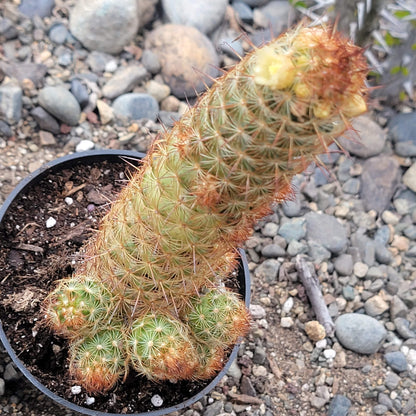
10. Ladyfinger Cactus (Mammillaria elongata)
Ladyfinger Cactus is a charming, cluster-forming species with slender, finger-like stems covered in dense golden spines. This compact cactus reaches about 8 inches tall and spreads to form attractive mounds. In late winter and spring, it produces small, white or pinkish flowers around the stem tips. Its small size and appealing shape make it perfect for container gardens, rockeries, and border accents in drought-tolerant landscapes. It thrives in sunny locations and well-drained, gritty soil.
Final Thoughts
Cacti aren’t just tough survivors — they’re also incredibly varied, beautiful, and practical for drought-tolerant landscapes. From the towering Saguaro to the compact Ladyfinger Cactus, these plants bring sculptural shapes, vibrant blooms, and minimal maintenance needs to any arid or xeriscape garden. By choosing a mix of forms and sizes, you can create a dynamic, water-wise outdoor space that’s as sustainable as it is stunning.
Would you like a cactus care guide or ideas for arranging these cacti in your landscape next? I’d be happy to write that too!

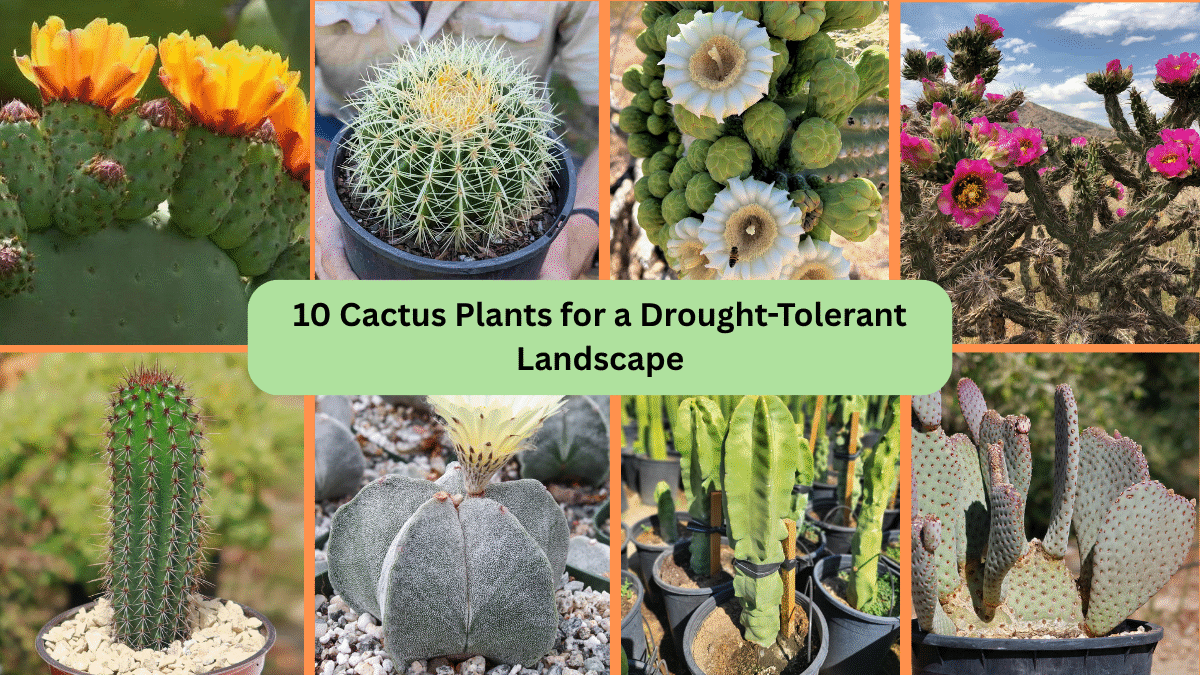



Leave A Comment